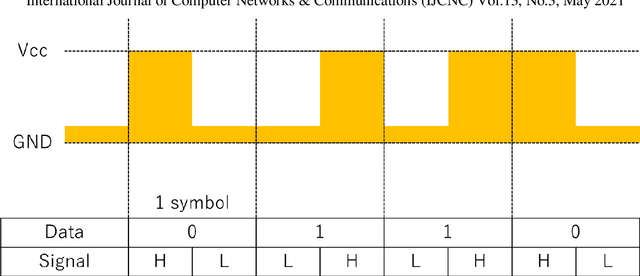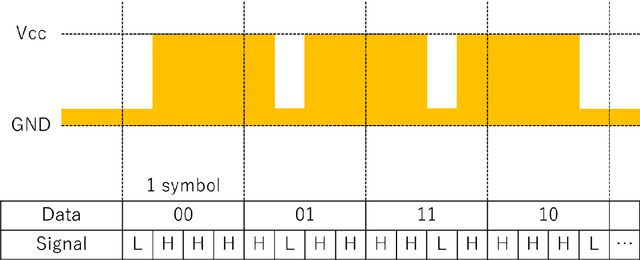Wataru Uemura
From Production Logistics to Smart Manufacturing: The Vision for a New RoboCup Industrial League
Jul 15, 2025Abstract:The RoboCup Logistics League is a RoboCup competition in a smart factory scenario that has focused on task planning, job scheduling, and multi-agent coordination. The focus on production logistics allowed teams to develop highly competitive strategies, but also meant that some recent developments in the context of smart manufacturing are not reflected in the competition, weakening its relevance over the years. In this paper, we describe the vision for the RoboCup Smart Manufacturing League, a new competition designed as a larger smart manufacturing scenario, reflecting all the major aspects of a modern factory. It will consist of several tracks that are initially independent but gradually combined into one smart manufacturing scenario. The new tracks will cover industrial robotics challenges such as assembly, human-robot collaboration, and humanoid robotics, but also retain a focus on production logistics. We expect the reenvisioned competition to be more attractive to newcomers and well-tried teams, while also shifting the focus to current and future challenges of industrial robotics.
About Digital Communication Methods for Visible Light Communication
Jun 06, 2021



Abstract:The visible light communication (VLC) by LED is one of the important communication methods because LED can work as high speed and VLC sends the information by high flushing LED. We use the pulse wave modulation for the VLC with LED because LED can be controlled easily by the microcontroller, which has the digital output pins. At the pulse wave modulation, deciding the high and low voltage by the middle voltage when the receiving signal level is amplified is equal to deciding it by the threshold voltage without amplification. In this paper, we proposed two methods that adjust the threshold value using counting the slot number and measuring the signal level. The number of signal slots is constant per one symbol when we use Pulse Position Modulation (PPM). If the number of received signal slots per one symbol time is less than the theoretical value, that means the threshold value is higher than the optimal value. If it is more than the theoretical value, that means the threshold value is lower. So, we can adjust the threshold value using the number of received signal slots. At the second proposed method, the average received signal level is not equal to the signal level because there is a ratio between the number of high slots and low slots. So, we can calculate the threshold value from the average received signal level and the slot ratio. We show these performances as real experiments.
 Add to Chrome
Add to Chrome Add to Firefox
Add to Firefox Add to Edge
Add to Edge